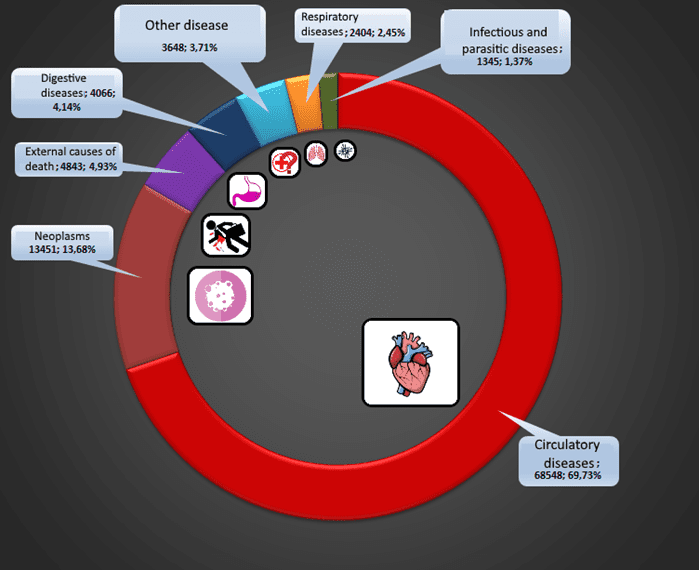

This relationship is likely to be similar for hepatitis C virus (HCV) infections and might be exacerbated by risk factors such as injection drug use (IDU). Unstable housing post-migration, which broadly encompasses settlement in refugee camps, homelessness, residing in overcrowded homes, as well as with friends and relatives, has been implicated in increased risk of acquiring infections such as HIV post-migration. The burden of otherwise preventable and controllable infectious diseases is often high amongst IDPs, due at least in part to the collapse of local health systems and infrastructure. įorced migration is associated with worse health outcomes in migrant compared to the autochthonous population, attributed to increased vulnerabilities and hardships experienced throughout the migration process, which are reinforced by structural inequalities, discrimination, and gender-based violence. Internally displaced persons (IDPs, people who do not cross international borders) constitute the majority of forcibly displaced people: currently, there are 48 million IDPs residing in low- and middle-income countries, 85% of whom have been displaced due to conflict and violence. By 2050, a further 143 million people may become internally displaced because of climate change.


Globally, 82.4 million people have been forcibly displaced following economic, political, and climate instability, which is almost twice as high as two decades earlier.


 0 kommentar(er)
0 kommentar(er)
